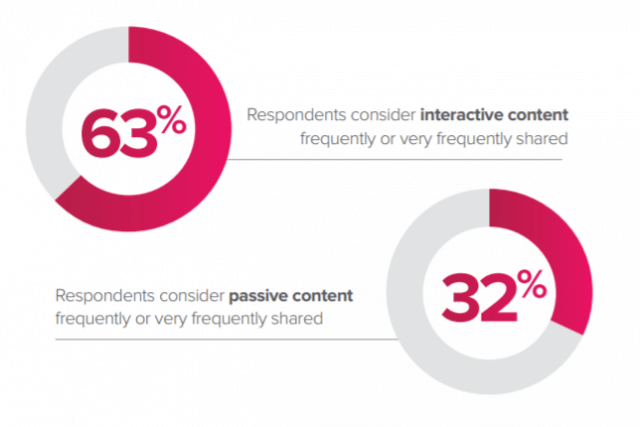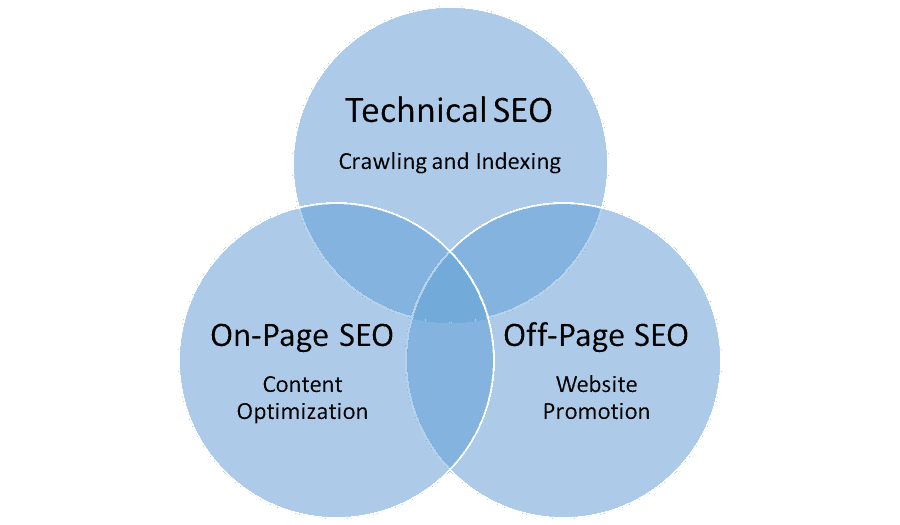4 Common Blogging Hurdles For E-commerce Businesses & How To Overcome Them
Setting up an eCommerce site involves a lot more work than registering a domain, setting up a dropshipping account, and waiting for sales to come in.
With as many as 4.1 billion internet users online at a given time, there are plenty of opportunities to make a buck.

But before you can begin making any money you need to ensure that people are actually coming to your online store.
One of the key ways that small businesses generate page views is through blogging.
Indeed, according to a Hubspot study, 53 percent of marketers say that blogging is their top content marketing priority. That combines lead generation, brand awareness, SEO, and thought leadership into an effective tool for generating traffic.
Unfortunately, blogging isn’t as easy as jotting down a few thoughts and hoping that people show up to read them.
These days, you need to invest time and energy into your blog if you want anyone to stick around to view the rest of your store.
There are a few common hurdles that crop up for nearly everyone who decides to venture into creating a blog for the eCommerce site.
Here are a few of the more frequent problems and some solutions to help you overcome them.
1. Finding Your Audience
The Problem: You know what you want to sell, but getting your merchandise in front of the right people will take some work. And blogging isn’t the sure-fire approach that it once ways.
According to Statista, the number of bloggers on the web is expected to reach 31.7 million by 2020. That means there are more businesses competing for those elusive eyes.

The Solution: You need to make your blog stand out. Begin by looking at the needs of your target audience.
You need to recognize what they want to read before even opening a new document.
In general, there are two types of the target audience – returning customers and potential customers.
Returning customers are already engaging with your content, so there isn’t much you need to change with regards to them.
Potential customers, on the other hand, will likely arrive at your site through an online search like Google or through social media platforms like Twitter and Google. These people may be interested enough to read your blog but have yet to commit to making a purchase.
In order to solve this, there are a few questions you can ask yourself:
- What problems are my blogs solving?
- What do I offer that others don’t?
- What questions are my readers likely to ask?
- Am I using enough links, videos, and other images in my posts?
- Do my blog posts provide actionable value?
- Finally, are the blog posts good enough to bring readers back and possibly show interest in purchasing?
If you can successfully answer these questions you’ll be able to make your first steps toward attracting potential customers.
2. Engaging Your Audience
As with any form of advertising, an engaged audience is easier to sell to. That means creating captivating content is the cornerstone of a high conversion rate.
The Problem: 43% of people admit to only skimming blog posts, according to a Hubspot study.
Another study shows that 47 percent of buyers had to view 3 to 5 pieces of content before engaging with a sales rep.
The Solution: In order to make your blog stand out, make sure you use headers, videos, and other visual tools to draw attention to the important parts of your articles. Needless to say, you should have a strong web platform in the first place that will compliment your blog and other content.

Additionally, make sure your blog includes content that befits all stages of the sales funnel.
Content that works at the top of the funnel is good for drawing in new people, while pieces that suit the middle of the funnel can lay the groundwork for people engaging with your company.
Other content can be used to drive up final conversion rates.
3. Creating New Content
The Problem: It’s hard to come up with new content for every post.
The Solution: Understand what people want. If you have an idea of the type of content that drives conversions, you can tailor your posts to that, and use it to help generate new content ideas.

For example, according to ConversionXL, 36 percent of people prefer list-based headlines. That means that listicles appeal to some readers, but you shouldn’t be investing all of your energy into creating those specific types of articles.
Another answer to the problem is focusing on the latest yet shareable content. Figure out what’s making the news.
Tools like Buzzsumo can also help. Based on your keyword, It gives you the top content that people are reading. Social shares and likes are also listed.
Let me share another tip. This is perhaps the easiest of all. Make sure to spend a few hours on your competitor’s site every week. Try and see what kind of stuff he is putting on his blog.
If he rakes in a lot of money and running a profitable business, you can believe blogging is working for him.
4. Learning the Tech
One of the things that perhaps not many burgeoning young bloggers realize is that there’s a certain amount of technical prowess required for success.
The Problem: So, what the heck is SEO anyway?

Any and everyone who is running an online business today would know about SEO. However, there’s always a first time to everything.
SEO stands for Search Engine Optimization. This is a tool that online marketers use to make sure that their website appears higher on the results page of a Google search.
So when someone types “Vegan Beef Jerky” into Google, the owner of “Linda’s Plant-Based Jerky Treats” can feel secure knowing their site will appear first. But how do you ensure that?
The Solution: Fortunately, there are a number of resources to help teach you SEO best practices for free. Google itself offers a free course and certification to help you learn the tricks of the trade.
Studies have shown that websites with a blog tend to have 434 percent more indexed pages. That’s because one of the most important aspects of SEO is having a lot of content for search engines to crawl through and index.
This helps them recognize your website as a resource for those searching for a specific topic.
SEO, if carried out well, makes a huge impact on web rankings. For business sites, it means increased revenue down the line.
Conclusion
Blogging is an increasingly competitive field. Google has shown time and again that it favors in-depth content that provides value to readers over run-of-the-mill, generic, short blog posts.
Indeed, the average word count for top-ranking content through Google is between 1,140 and 1,285 words.
That means you need to take care in creating your posts in order to ensure that people engage with your content and are inspired to make purchases from you.
By acknowledging these problems, you can start working on solutions to ensure you avoid the hurdles in the first place.
Tulip is a Content and Inbound Marketing expert at Snewscms.
We offer a Cheap and Reliable Web Hosting Plan


 Affordable Web Hosting Providers For Small Businesses
Affordable Web Hosting Providers For Small Businesses  Exploring The Potential Of Managed AWS Services
Exploring The Potential Of Managed AWS Services  Plesk vs. cPanel: Which Control Panel is best for you in 2023?
Plesk vs. cPanel: Which Control Panel is best for you in 2023?  Limitations of Shared Hosting and Reseller Hosting
Limitations of Shared Hosting and Reseller Hosting  The Advantages of Managed Web Hosting: Is It Worth the Investment.
The Advantages of Managed Web Hosting: Is It Worth the Investment.  Festival of Color: Web Hosting Special HOLI OFFER 2023
Festival of Color: Web Hosting Special HOLI OFFER 2023
I really appreciate this post. I have been looking all over for this! Thank goodness I found it on Bing. You have made my day! Thx again!
Thanks for informative blog.
Appreciating the time and effort you put into your blog
and in depth information you provide. It’s awesome to come across a blog every once in a while that isn’t the same old rehashed
information. Fantastic read! I’ve bookmarked your site and I’m adding your RSS feeds to
my Google account.